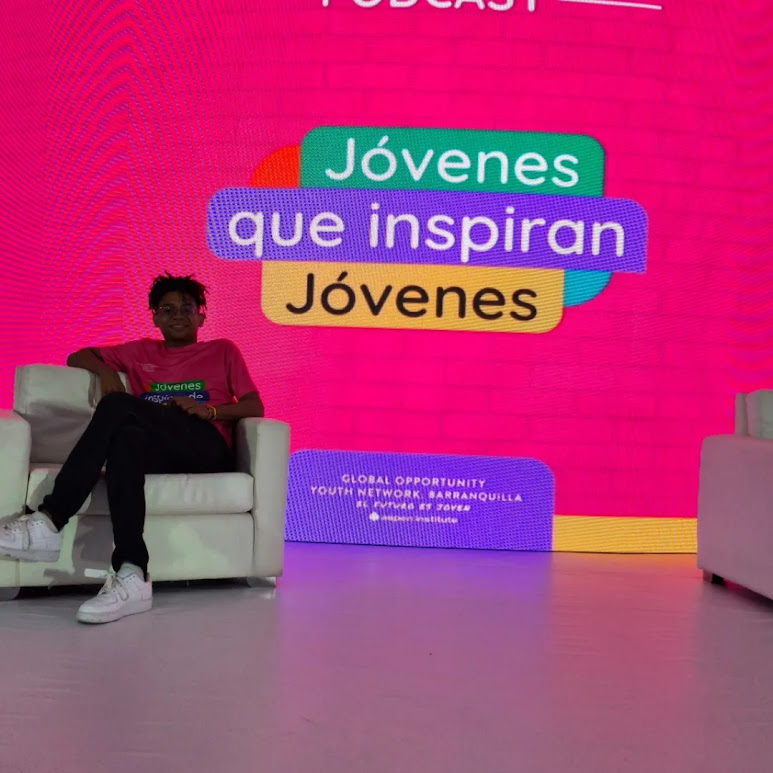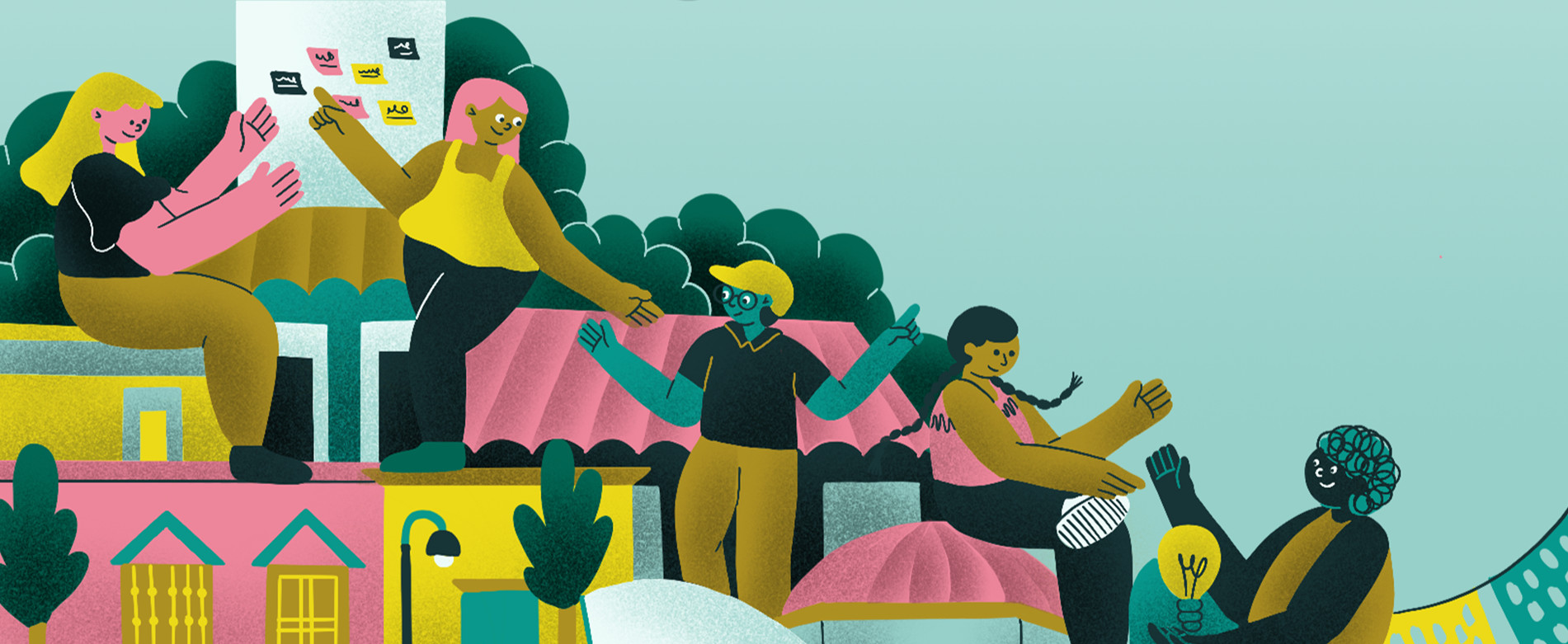By Randy Marquez
GOYN ALUNIM
In Colombia, words were never a gift: we always had to wrest them away. Between official discourses that silence us, algorithms that make us invisible, and media outlets that decide what's worth sharing, we young people have turned communication into a political act. Because amid the noise and misinformation, speaking, narrating, and articulating ourselves is resistance.
According to DANE's National Survey on Cultural Consumption (2022), more than 80% of young people between 18 and 25 consume digital content every day, and 65% produce or share their own messages on social media. What does this mean? We are no longer just passive recipients: we are constructing narratives that challenge common sense. In a country where only 22% of the population trusts political parties (Latinobarómetro, 2023), communication has become our main platform for participation.
Communication as a form of resistance and participation
Participating isn't always about filling out a form or raising your hand at a table where everything has already been decided. Sometimes participating means uploading a reel denouncing an injustice, recording a podcast with a borrowed cell phone, painting a mural on a neighborhood corner, or creating an X-shaped thread that makes those who prefer to remain silent uncomfortable.
The National Youth Report (Colombia Joven, 2022) indicates that more than 70% of young people in the country use social media as their primary means of information and debate. This data, which for many is merely a statistic, for us is evidence that communication has ceased to be an accessory and has become a vital tool. Sharing what we experience is now a way of making an impact. And as we have learned: without communication, participation is reduced to power monologues.
From individual voice to collective choir
The power of our words lies not in the individual voice, but in its ability to articulate itself. When an urban audiovisual collective connects its work with a rural community radio station, when a mural connects with a podcast, when independent research intersects with a viral thread, the message ceases to be noise and becomes political force.
The Network of Alternative and Popular Media of Colombia (REMAP, 2023) Proof of this is that more than 200 community media outlets—indigenous radio stations, youth groups, digital platforms—have connected to amplify what each one couldn't shout alone. This is the power of communication coordination: transforming disparate stories into a shared agenda.
To articulate is to go from I speak to us, we construct meaning.
Communication as an intergenerational bridge
Our language also makes people uncomfortable. Memes, reels, threads, graffiti. Many adults don't understand what could be political about a TikTok. But the Pew Research Center (2023) shows that more and more older people in Latin America are using networks like Facebook and Instagram to stay informed. This opens up an opportunity: to translate ourselves.
Communication coordination isn't just about young people; it's also about building intergenerational bridges. Let our digital creativity engage with the memories of those who resisted before. Let them recognize that our languages are also valid, and let us listen to their experiences without repeating hierarchies. Communicating, then, isn't about imposing: it's about translating, sharing, and weaving.
Between risks and possibilities
Communicational articulation is not naive. We know there are dangers: tokenism that uses us as an image without giving us a say, digital manipulation that turns words into commodities, immediacy that devours collective processes.
But we also know that there is power. UNESCO (2021) It has shown that young people with critical media literacy are more likely to become social leaders. And we see it every day: collectives that transform anger into proposals, territories that turn memory into art, networks that move from the screen to community gatherings.
In a country saturated with hate speech, coordinating our communication is a political act of the highest order.
We're not waiting for a microphone to be handed to us: we already have it in our hands, on our phones, on our walls, and in our songs. What we want now is for those scattered voices not to be lost in the noise, but to become a collective force.
Because communication isn't just about repeating what's happening. Communicating is about imagining together what doesn't yet exist. And if we, the youth of Colombia, have demonstrated anything, it's that we know how to narrate the future in the present.
Literature
-
DANE (2022). National Survey of Cultural Consumption. Bogotá, Colombia.
-
Latinobarómetro (2023). Public Opinion Report in Latin America. Santiago, Chile.
-
Colombia Joven (2022). National Youth Report 2022. Presidency of the Republic.
-
REMAP (2023). Network of Alternative and Popular Media of Colombia. Available at: remapcolombia.org
-
UNESCO (2021). Media and Information Literacy Curriculum. Paris.
-
Pew Research Center (2023). Social Media Use in Emerging Economies. Washington D.C.






